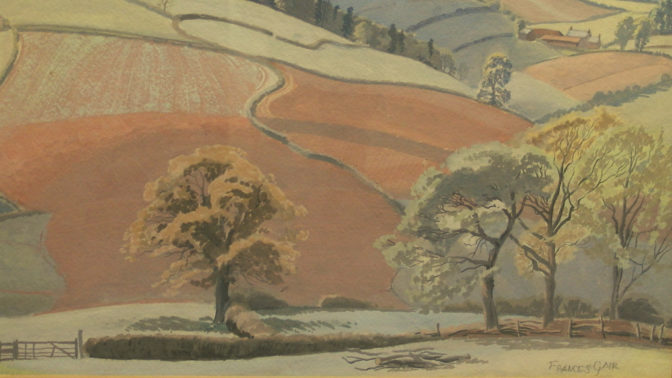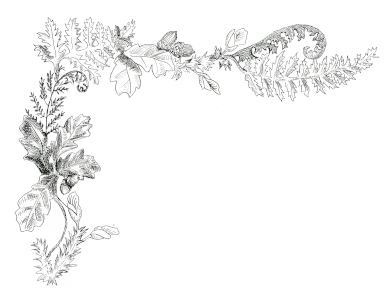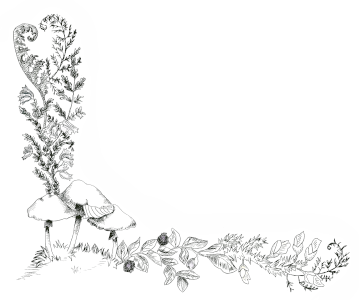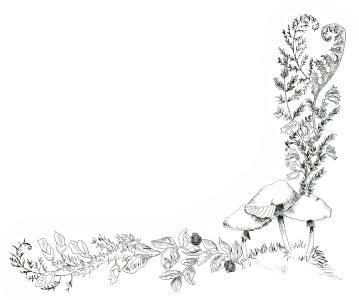
Today Halsway Manor is a National Centre for Folk Arts, running fascinating courses in music, dance, crafts and more. But in the 19th century, it was a working farm, and it was whilst it was used for this purpose that Halsway Manor became an unexpected centre for visual art, as a group of painters began to visit regularly. These included John North, who lodged there for prolonged periods from 1860, as well as George Pinwell, Robert Macbeth and the better known Frederick Walker. They were collectively known as The Somerset School and were hugely inspired by the manor and its idyllic setting. North stayed in the area and is buried over in Nettlecombe.
Mainly landscape painters, they were drawn to Halsway’s dilapidated picturesque quality. They did not want to portray a grand stately home, but rather were seeking a place that felt away from society – an authentic working rural place. In fact they had a fear of Halsway being turned into a “modern residence”.
Frederick Walker summed it up in this letter to his sister Mary, with this lovely description of how the manor was back then, a time before the late 19th century extension we are so used to today:
“The above is a faithful representation of this dear old house, only I cannot give you its jolly old crumbly aged look. It nestles on a hillside that on top is covered with heather, and from which you can see the sea… There are queer old gargoyles at the corners of the towers; one is a devil holding a man under him and apparently biting off the back of his head. There is, of course, a lawn in front, and then lower, a large neglected garden that once contained fishponds; and then again, the remains of a big gate…. My bedroom is that with the large bow window, and is about the size of a smallish chapel. No end of livestock; three dogs who very soon made friends with me, and out of them, a sandy one with a wiry coat always “drops in” at meal times… Three little pigs too, roam the place in perfect happiness, the happiness that each day’s work well done …can give.”
He talks of drawing the dogs and pigs just as they were, of beehives and mushroom pickers, the details of everyday country life. His famous painting “The Old Gate”, exhibited at the Royal Academy in 1869, was inspired by Halsway and we can glimpse the house in the background. Critics described it as having “… an old world romance about it, of days of leisurely toil and quiet rustic joys.” We can imagine this would fit with Walker’s view of Halsway, described above.
John North is also known to have drawn the manor a number of times and in 1865 he produced Halsway Court, Somerset, now in the British Museum. Whilst allowing for artistic license we can still see how different it was to a grand stately home – it is beautiful, but run down and obviously a working building.
Some of their paintings also fascinatingly include what look like outbuildings or perhaps the missing chapel. The latter is an interesting story in itself, the chapel having been moved and rebuilt as a decorative ruin behind Crowcombe Court, as was the fashion in the 18th century.
John North also has links to another interesting visitor to the area, the famous nature writer Richard Jefferies. Jefferies’ wonderful essay “Summer in Somerset” originally included a series of drawings by North, depicting the local area including around Crowcombe and Halsway Manor.






